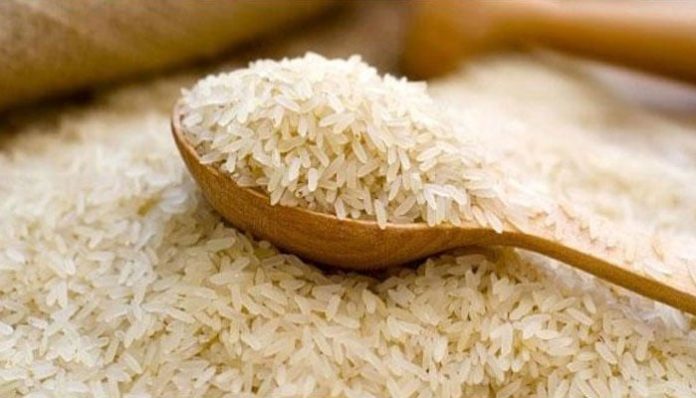The global demand for Pakistani rice has experienced a notable increase, surging by 50%. It is noteworthy that India typically holds a substantial 40% share in the worldwide rice trade.
In a move driven by electoral considerations, the Modi government in India has implemented a ban on rice exports since July. While this decision is expected to lower rice prices within India, its ripple effects are felt by about 150 countries globally.
Contrastingly, Pakistan has found itself in a favorable position due to India’s export ban. According to data from the State Bank, Pakistan has successfully capitalized on this situation, selling 2.5 million tons of rice and generating a revenue of $1.5 billion in the first half of the current fiscal year.
The international community has criticized India’s decision to halt rice exports, leading the United Nations to restrict Indian exporters from participating in rice procurement tenders organized by the World Food Program.
Simultaneously, Pakistan has actively seized the opportunity to export rice to various nations, including Russia, Mexico, and Indonesia. Projections indicate that Pakistan is on track to achieve record-breaking rice sales in the ongoing fiscal year.
In just the first six months of 2023, Pakistan’s rice exports reached a substantial value of $1 billion. With India stepping back from the global rice market, Pakistan has emerged as a significant player.
According to the State Bank of Pakistan, the country’s rice exports have already amounted to $1.5 billion in the initial half of the current fiscal year.
Shamsul Islam Khan, a commodity expert, anticipates that Pakistan is positioned to achieve unprecedented success, estimating that the country will export a historic 5 million tons of rice, equivalent to a staggering $3 billion in value, in the current fiscal year.
This shift in dynamics reflects Pakistan’s strengthened position in the global rice market, driven by both its own proactive efforts and external circumstances affecting key competitors.


